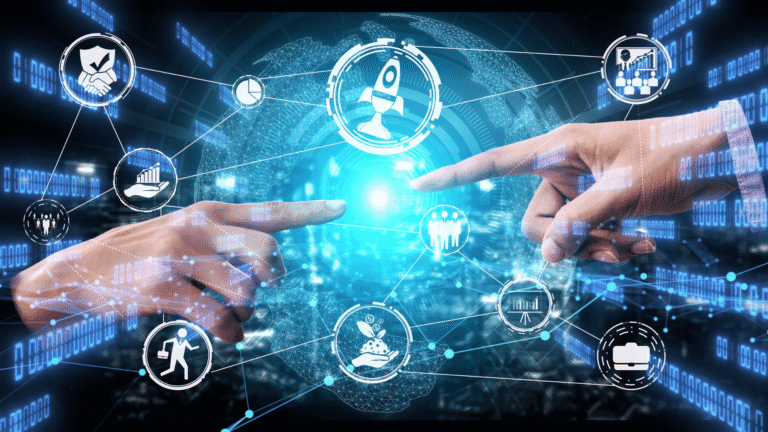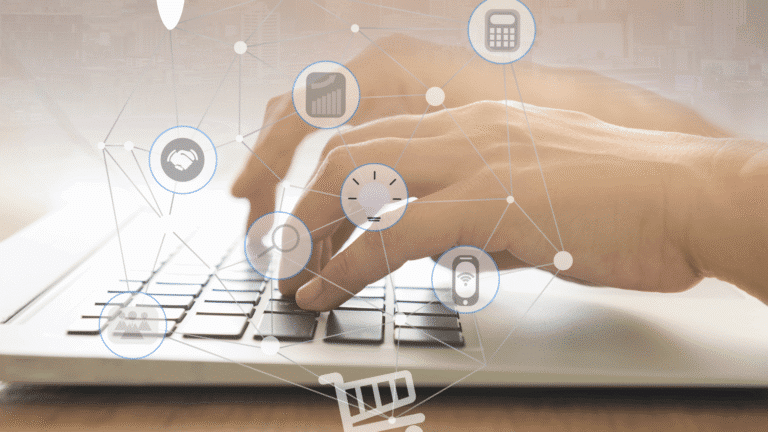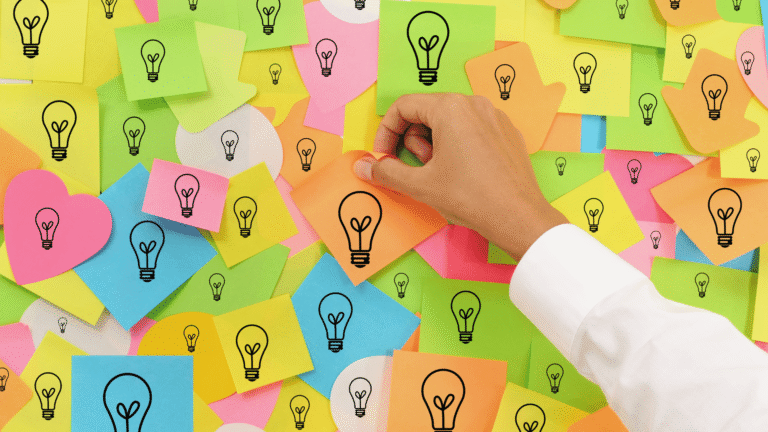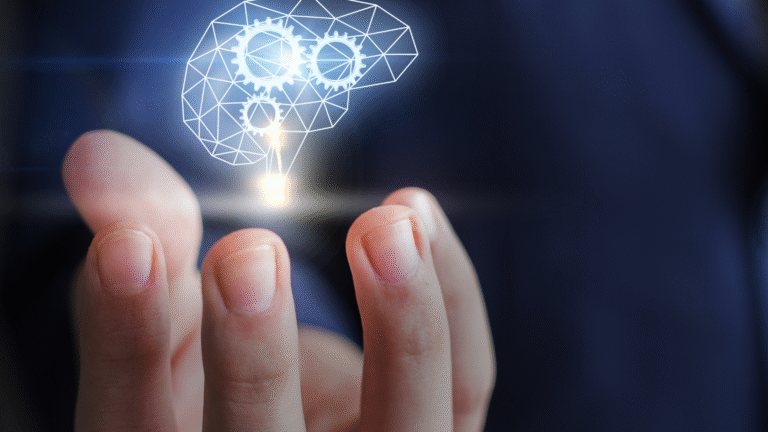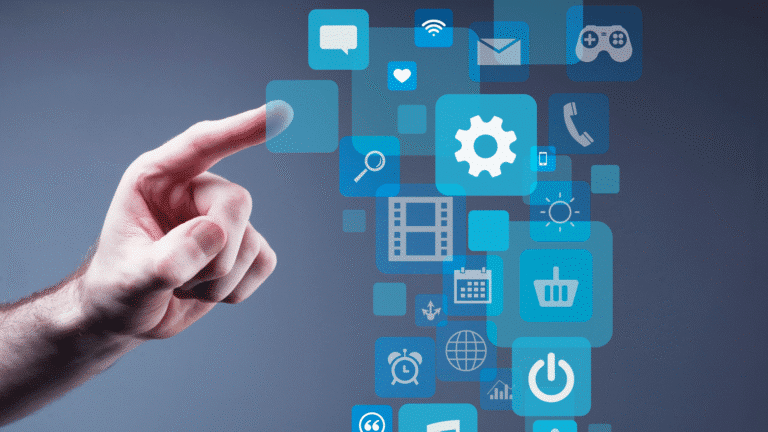A state-of-the-art is a systematic review of existing knowledge in a field—essential for avoiding duplication, validating novelty, and positioning new research. Whether you’re preparing a PhD thesis, filing a patent, or launching an industrial R&D project, this step verifies that you’re building on solid ground.
Today, Generative AI (GenAI) has transformed how we approach this process. It can scan, summarise, and synthesise vast amounts of scientific and technological information at unprecedented speed. But it also comes with a warning: GenAI can hallucinate—inventing publications, misattributing data, or producing plausible but incorrect results.
That’s why, even in the AI era, there remains a crucial need to connect with verified publication databases, patents, and trusted external expertise. This is exactly where Open Innovation platforms, powered by AI, come into play—offering a new, faster, and more reliable way of carrying out scientific research.
From AI-Driven Exploration to Verified Knowledge
Step 1 – Start with AI-assisted exploration
GenAI can accelerate early exploration by generating keyword combinations, summarising emerging research areas, and mapping thematic connections. For example, in a study of the “dead leaves on railway tracks” problem, AI could rapidly suggest terms like “wheel–rail adhesion,” “black layer formation,” or “adhesion coefficient,” helping researchers frame their search space.

Step 2 – Validate through trusted scientific databases
Because AI may generate inaccurate or non-existent citations, it is vital to run these queries through verified sources—peer-reviewed publication repositories, patent offices, and recognised technical databases. Open Innovation platforms like ideXlab connect directly to these sources, ensuring that every result is traceable and trustworthy.
Structuring Insights and Expanding the Search
As you refine your search, validated publications reveal new keywords and help structure the knowledge landscape—often using tools like mind maps. In our “dead leaves” example, this revealed distinct solution areas:
- Restoring adhesion (chemical treatments, surface texturing)
- Studying “black layer” formation
- Cleaning techniques (laser heating, air jets, high-pressure projection)
The same queries run through patent databases reveal who is working on what—building an ecosystem map of universities, companies, and innovators worldwide.

Adding Human Insight: The Collaboration Factor
Even the most advanced AI cannot replace the value of human interaction in research. Contacting leading experts—academics, industrial R&D teams, or startup founders—can provide:
- The latest unpublished findings
- Validation of research directions
- New collaboration opportunities
In the “dead leaves” case, the industrial company reached out to European, Asian, and North American university groups, resulting in updates to the state-of-the-art that went beyond what literature searches alone could reveal.
The New Model: GenAI + Open Innovation
The fast-evolving model of scientific research now blends:
- GenAI for speed and breadth – Rapid exploration of concepts, emerging trends, and thematic connections.
- Trusted databases for accuracy – Peer-reviewed publications, patents, and authoritative technical sources.
- Open Innovation for collaboration – Connecting directly with external experts to validate, expand, and operationalise insights.
This hybrid approach delivers faster, more efficient, and more reliable innovation cycles—turning weeks of manual bibliographic work into days, without compromising quality.
A Fair and Balanced Partnership
When reaching out to experts, it’s essential to create a mutually beneficial relationship—offering collaboration, data exchange, joint projects, or other incentives. A balanced approach ensures long-term trust and successful Open Innovation outcomes.
In short:
Generative AI is a game changer for mapping the knowledge landscape, but without reliable data and human collaboration, it risks leading you astray. GenAI-powered Open Innovation platforms bring these worlds together—combining the speed of AI with the certainty of verified information and the creativity of human expertise.




